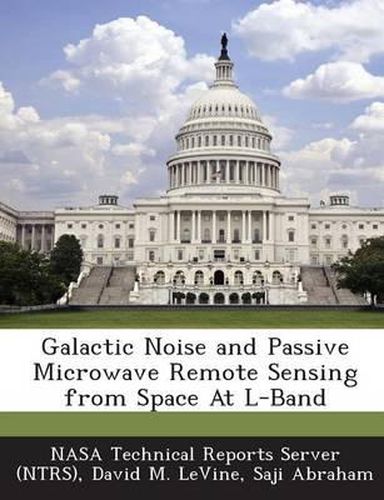Readings Newsletter
Become a Readings Member to make your shopping experience even easier.
Sign in or sign up for free!
You’re not far away from qualifying for FREE standard shipping within Australia
You’ve qualified for FREE standard shipping within Australia
The cart is loading…






The spectral window at L-band (1.4 GHz) is important for passive remote sensing of soil moisture and ocean salinity from space, parameters that are needed to understand the hydrologic cycle and ocean circulation. At this frequency, radiation from extraterrestrial (mostly galactic) sources is strong and, unlike the constant cosmic background, this radiation is spatially variable. This paper presents a modern radiometric map of the celestial sky at L-band and a solution for the problem of determining what portion of the sky is seen by a radiometer in orbit. The data for the radiometric map is derived from recent radio astronomy surveys and is presented as equivalent brightness temperature suitable for remote sensing applications. Examples using orbits and antennas representative of those contemplated for remote sensing of soil moisture and sea surface salinity from space are presented to illustrate the signal levels to be expected. Near the galactic plane, the contribution can exceed several Kelvin.
$9.00 standard shipping within Australia
FREE standard shipping within Australia for orders over $100.00
Express & International shipping calculated at checkout
The spectral window at L-band (1.4 GHz) is important for passive remote sensing of soil moisture and ocean salinity from space, parameters that are needed to understand the hydrologic cycle and ocean circulation. At this frequency, radiation from extraterrestrial (mostly galactic) sources is strong and, unlike the constant cosmic background, this radiation is spatially variable. This paper presents a modern radiometric map of the celestial sky at L-band and a solution for the problem of determining what portion of the sky is seen by a radiometer in orbit. The data for the radiometric map is derived from recent radio astronomy surveys and is presented as equivalent brightness temperature suitable for remote sensing applications. Examples using orbits and antennas representative of those contemplated for remote sensing of soil moisture and sea surface salinity from space are presented to illustrate the signal levels to be expected. Near the galactic plane, the contribution can exceed several Kelvin.